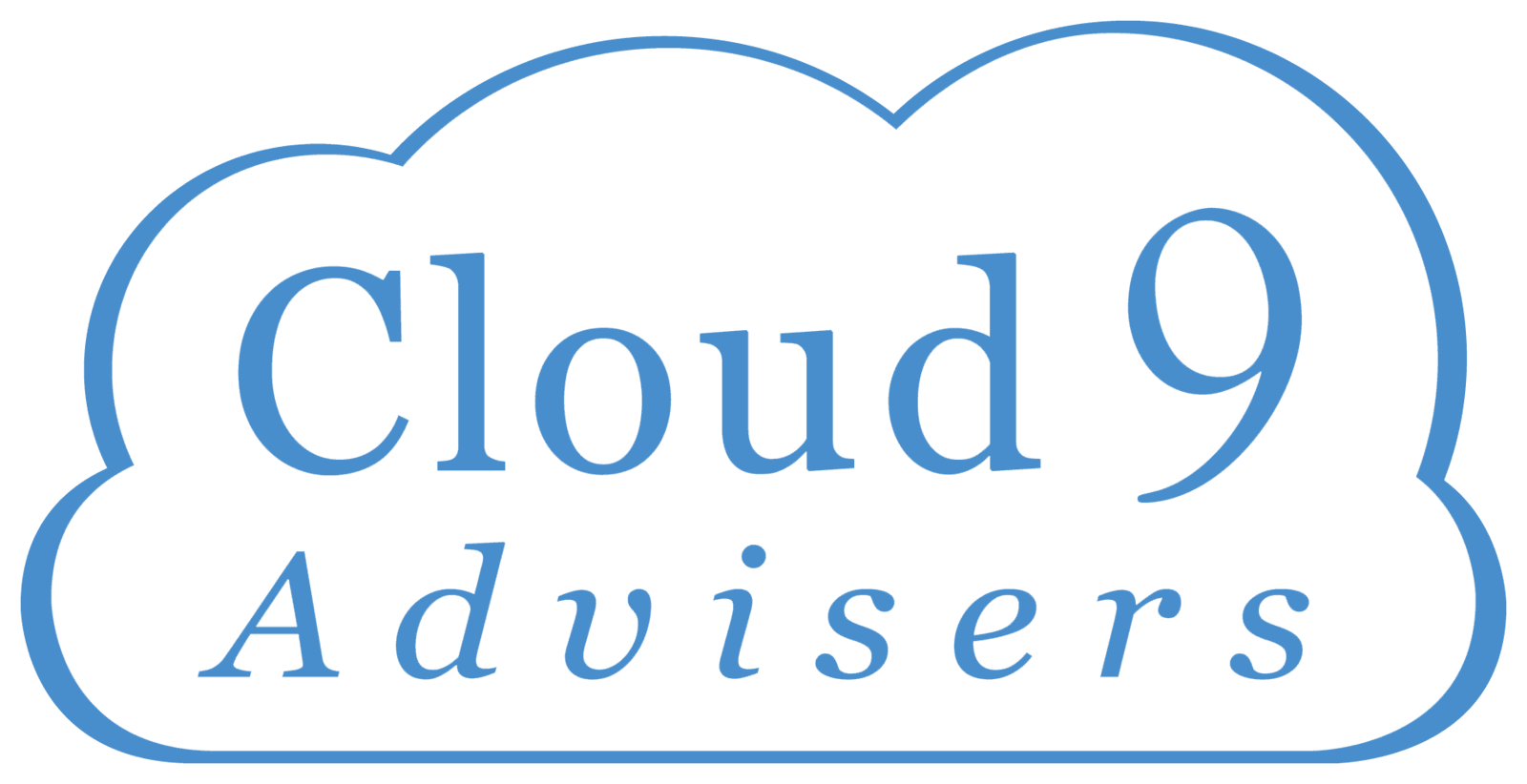What's the Difference: Meeting vs. Webinar?

Meetings vs. Webinar: What's the Diff?
Raise your hand if you have ever used an online, web-based tool for video, screen sharing, or conferencing.
Ha! Kind of a silly question for most of us these days. I suppose the better question is “how many different tools have you used in the past week?”
Many may not realize it, but there is a difference between a “Webinar” and a “Meeting”. Like with many things in the IT world, once a new technology gains popularity and vendors jump in with their marketing teams, the various terms and definitions tend to get muddled and mixed.
Whatever prefix you prefer to add to better describe “Meetings”; e.g. web meeting, virtual meeting, online meeting, video meeting, etc., they’re really all the same. So, all of this probably doesn’t matter as long as everyone understands each other. However, it might good for everyone to know some technical and functional differences when we’re talking about webinars, webcasting, and the like versus an online meeting.
The main difference between a web meeting and a webinar is that web meetings are generally used more frequently, guests are usually more interactive because they are connected with both audio and video, meetings can often be less “formal”, and have anywhere from one to one hundred or more additional participants. Whereas a webinar is typically used for planned events and presenting to a larger group of guests in often a more “formal” setting. Webinars can have guests ranging from as few as 10 to as many as 10,000. Many of the features and tools available in Meetings and Webinars are similar depending on the platforms used. Some services can do both webinars and meetings with the right service plan added. While others are specific to either webinars-only or to meetings-only.
Meetings platforms are used for all sorts of occasions and recurring and reoccurring gatherings for both internal and external meetings. Meetings will have a host, perhaps a co-host, and invited guests or participants. Nearly all solutions will have calendar integration so scheduling is easier and also have a way to start an “ad-hoc” meeting anytime. Usually, all members of the meeting are able to talk, video, and maybe even screenshare (among other “cool” features). Some virtual meeting services allow for annotation, whiteboarding, meeting minutes and notes, chat features, recording, and many other useful tools including remote control, which allows a host or guest to remotely control the screen of another sharing their screen.
Advanced platforms for both meetings and webinars may even have AI-driven, auto-generated closed-captioning. Many meeting platforms go as high as 100 guests or more. Some meetings platforms may even go as high as 500 with the right add-ons. Larger meetings often get confusing and awkward once double digits are reached and usually require better host controls to keep people from talking over one another.
Some online meeting solutions require the host to download software and use it when hosting a meeting in order to use all of the platforms’ features. Some are completely browser/web-based with nothing to download at all. Nearly all online meeting services will have an option for guests to use the browser/web-only options to get into the meeting and therefore not require that guests download the same software. Web-only options can be particularly convenient especially for guests that could have restrictions against downloading any sort of software directly to their corporate device.
Being a planned event, webinars will most often have a registration feature or be able to integrate into another registration system for planning and marketing purposes. Webinars may have hosts, co-hosts, presenters, panelists, and then of course the guests. Webinars are usually live events and therefore streamed (live-streamed) with controlled participation of guests by hosts and operators through Questions & Answers (Q&A) and other chat features in the platform that can be left on, or toggled throughout the event at just the right time. Guests are generally not able to participate with audio and/or video, although there are a few platforms where the host can ‘promote’ guests to do so.
There are even professional services that offer partially or fully managed webinar and webcasting services complete with your very own professional operator to coordinate and manage the entire event. Many of these services can even go so far as send out a full broadcast and video production crew for a highly polished and distinguished event.
Webinars platforms almost never require a guest to download any sort of software to view and participate in the event and is accessible via the web (hence the “web” in webinar). Although some may require the service provider’s software for any host, panelist, or presenter.
A quick sidenote: webinar vs. webcast. They’re both similar and just like with the terms online meeting, or whatever prefix you prefer, and webinar they’re often used interchangeably, but a webinar and a webcast are a little different. Most webinar platforms/services can just as easily do a webcast. Yet there are tools, services, and platforms that only do webcasting. A webinar is usually a live event and webinar platforms/services at least have the features for guest participation available, even though the host or operator of any given event may turn off those Q&A features depending on their preferences. A webcast on the other hand almost never has guest participation and are usually pre-recorded for viewing (over the web) at a later time. Many webcasts might also be of higher production value, something like a “TEDTalks” for example.
There are literally dozens upon dozens of online meetings and webinar service providers available in the market today. With the covid pandemic and world-wide shutdowns of… well… everything, all of these services have gained tremendous popularity, along with scads of other tools that enable work-from-home. I’m sure there are very few reading this who haven’t heard of Zoom, Teams, or Meet. Many of these and other new services have gotten very innovative and incorporated avatars, breakout rooms, and even networking centers to virtually mimic the look and feel of an in-person tradeshow or conference.
A few of the most popular platforms include: Zoom, Microsoft Teams, Google Meet, Cisco WebEx, AnyMeeting, GoToMeeting and GoToWebinar, just to name a few. Some have even reached the iconic status of being a verb. Example: “just Google it”, “let’s jump on a Zoom call”, “I already Glipped you”
There is yet another entire class of solutions that also provides online/virtual/web meetings and in some cases webinar services: Unified Communications as a Service (UCaaS), which is a fancy term for a business phone system. But much like your smartphone, the last thing you use it for is a phone.
Some of these services have created their own proprietary meetings platform/service while others may use or “tightly integrate” with one or more of the popular solutions previously mentioned. Most UCaaS not only includes a video meetings service, but also a host of other important business communications and collaboration tools--all in one neat bundle. Along with video, most will include voice (deskphone optional), virtual fax, business SMS texting, along with other mobile features, and all things related to a full-featured business PBX system.
But, they are not “all the same”! As with many things in life, the devil is in the details. On the surface, they all perform the same basic functions--video meetings (or webinars, of course). However, as soon as we start getting into the meat-and-potatoes the differences can be dramatic. It really all depends on what features are important to your user-base. Sometimes it’s a matter of knowing what’s out there before knowing what is needed. First, figure out the big steps: webinar and/or meeting. Then call up a few providers, do a few demo’s, and start mapping out the differences. Then you’ll want to do a deep-dive your users to really figure out what they need: need-to-have and nice-to-have.
It will take some work, but totally worth it in the end, especially when others are involved, have input, and buy-in to the new solution. You’ll be a hero if you do it right!
Instead of trying to do all the work, research, and info-gathering on your own and possibly risk overlooking that gem vendor because you didn’t even know they existed, reach out to a vendor-neutral sourcing partner like Cloud 9 Advisers. All of the major providers are members of our Supplier Portfolio, including several you may have never even heard of or considered. We’ve got decades of data and analytics on every vendor, carrier, and service provider so you can make these important decisions quickly and confidently. We are here to help you do your job better and make you look good doing it!

About Cloud 9
There are many problems faced when buying IT services and solutions. Two big ones are the pace of change and too many choices. Cloud 9 solves decision paralysis with our IT decision-making platform. You get an expert, one-on-one, that will guide you through the entire process. We'll help you identify and research proper solutions then evaluate and compare vendors that can deliver.

